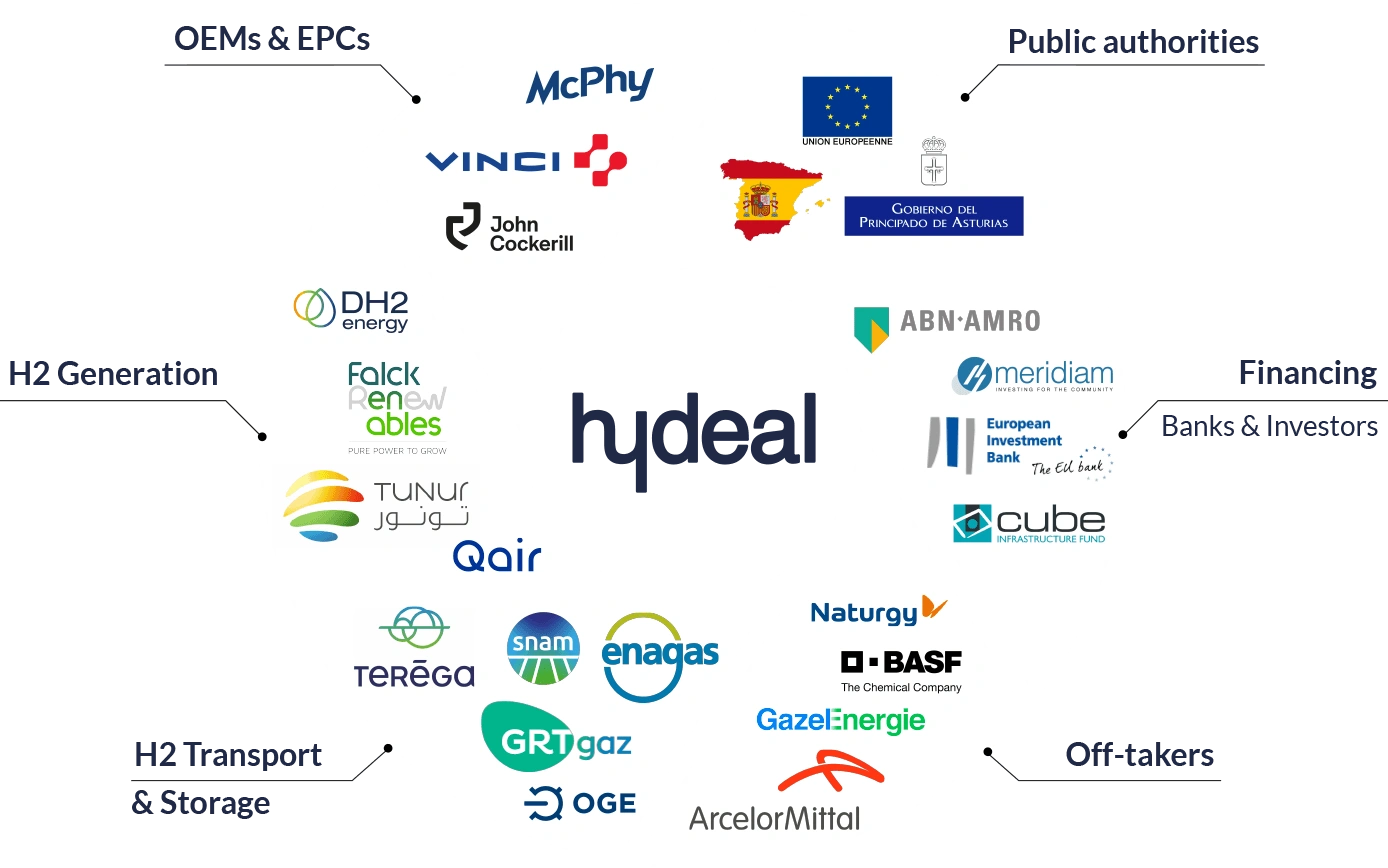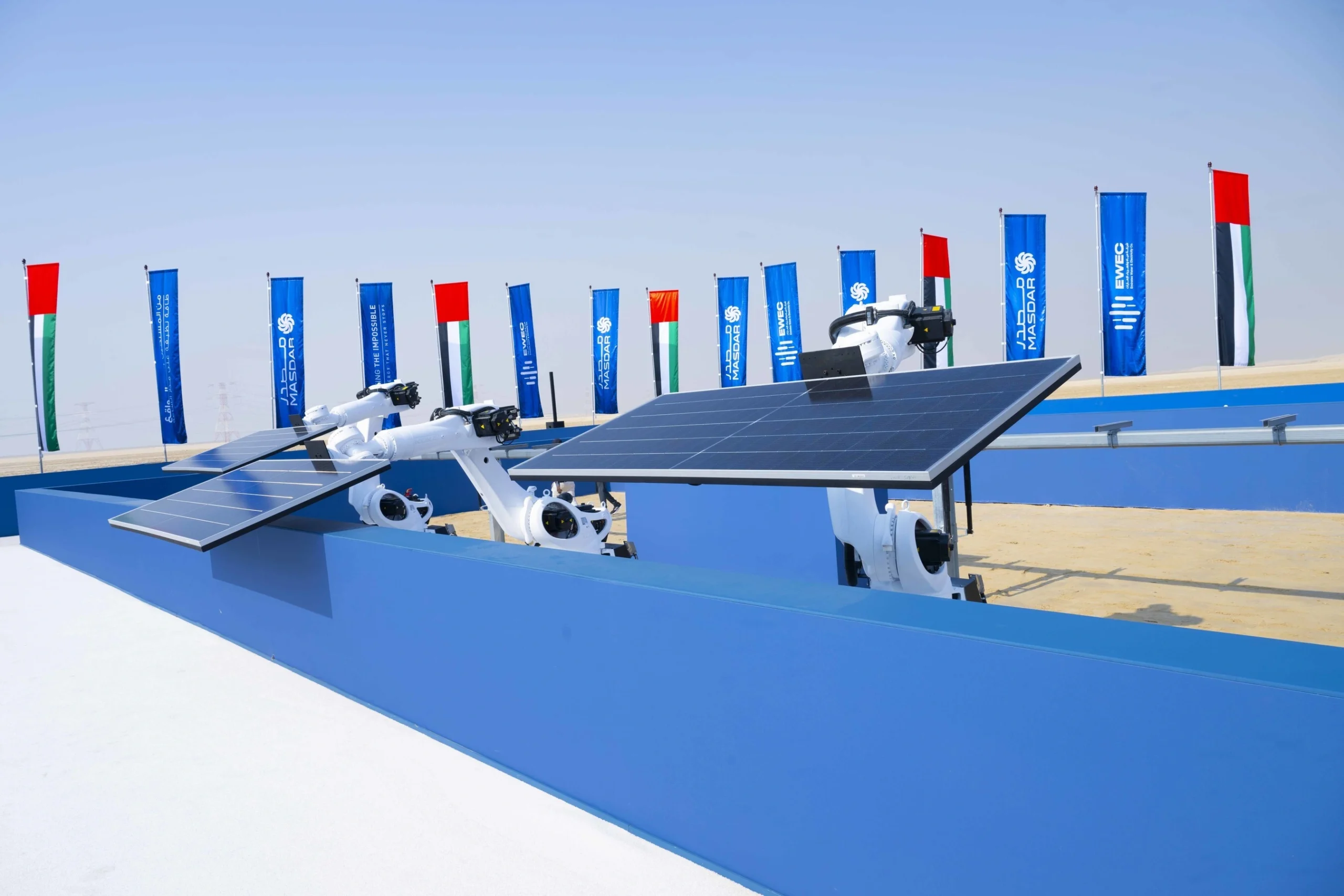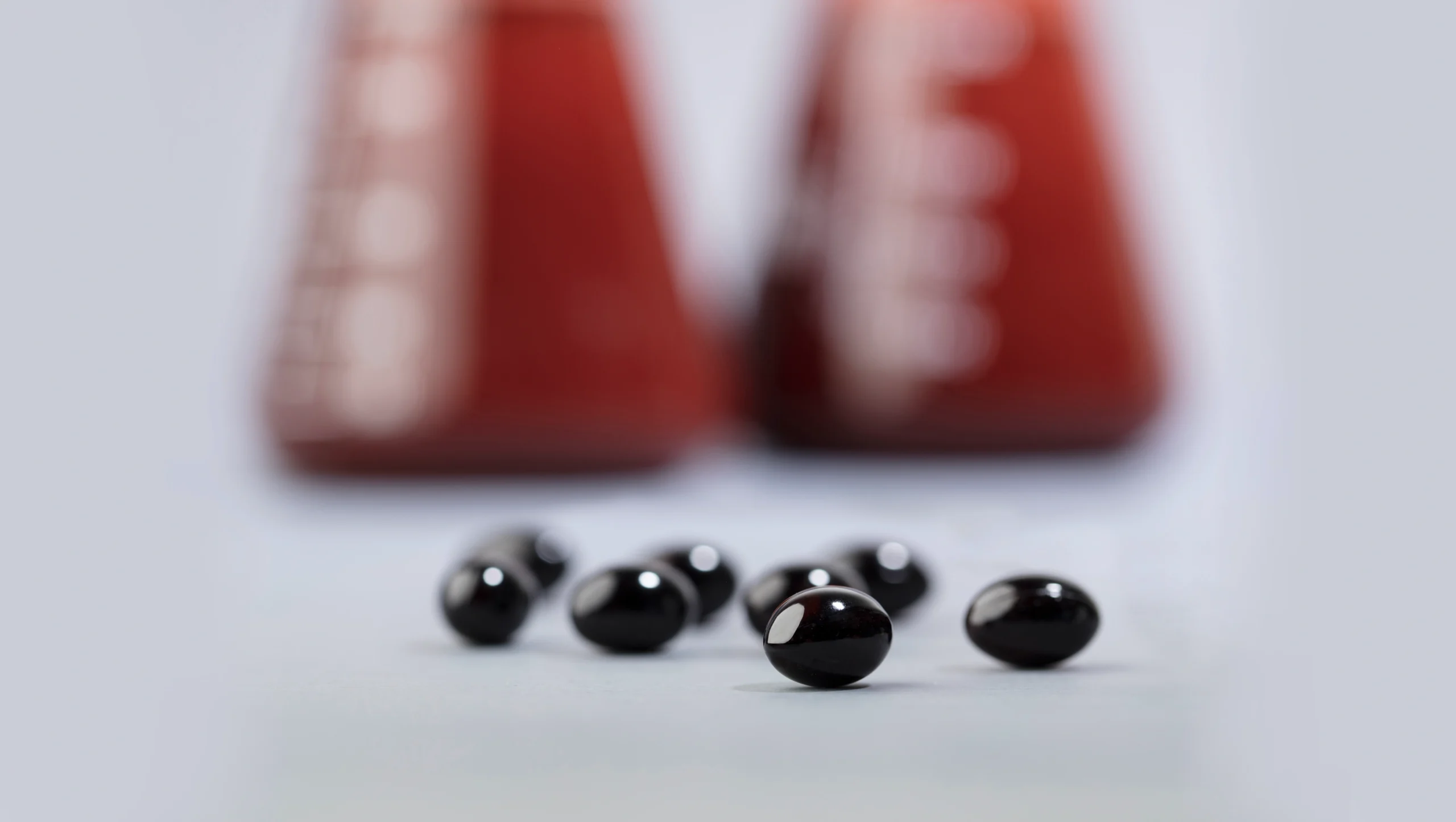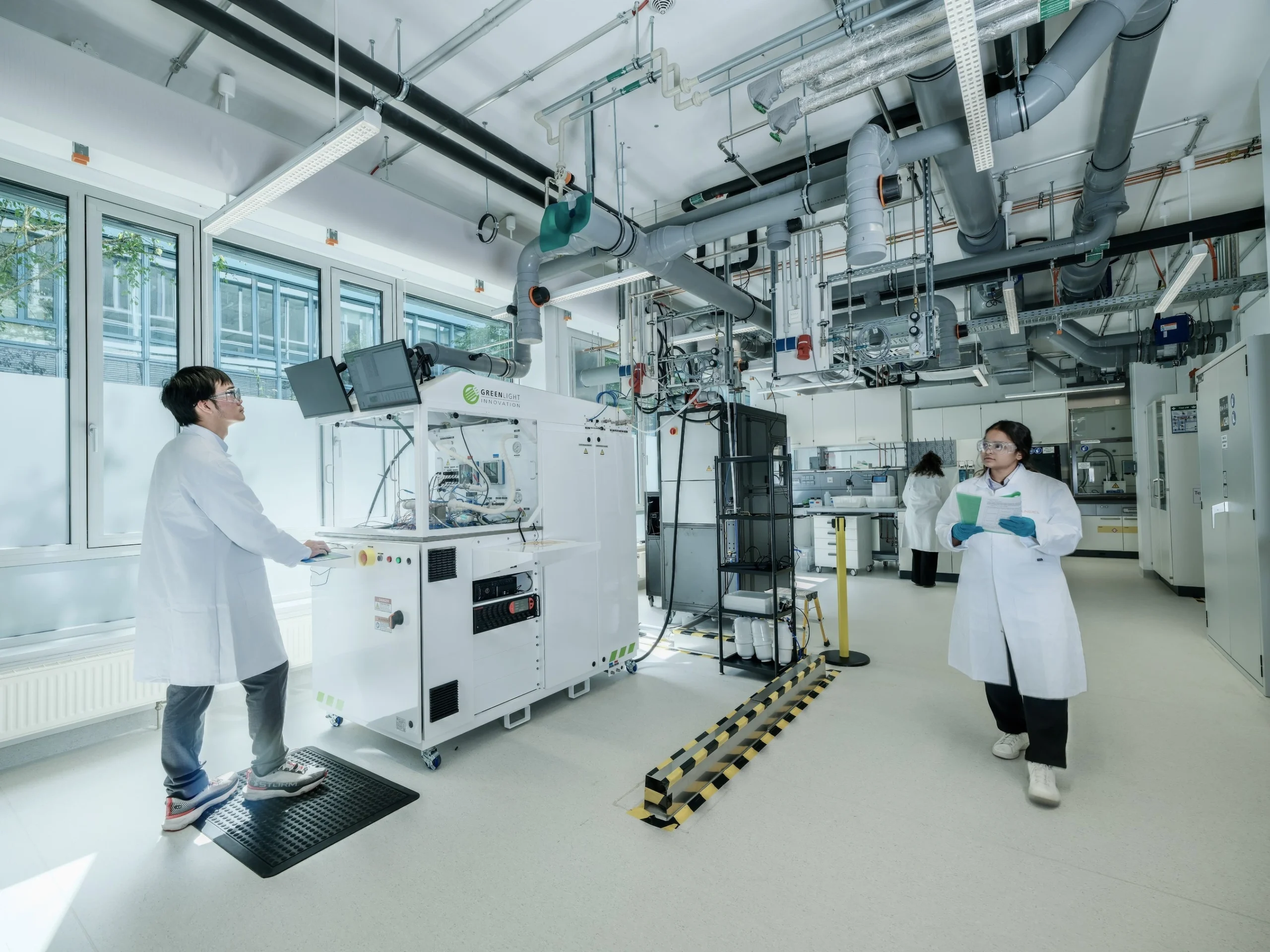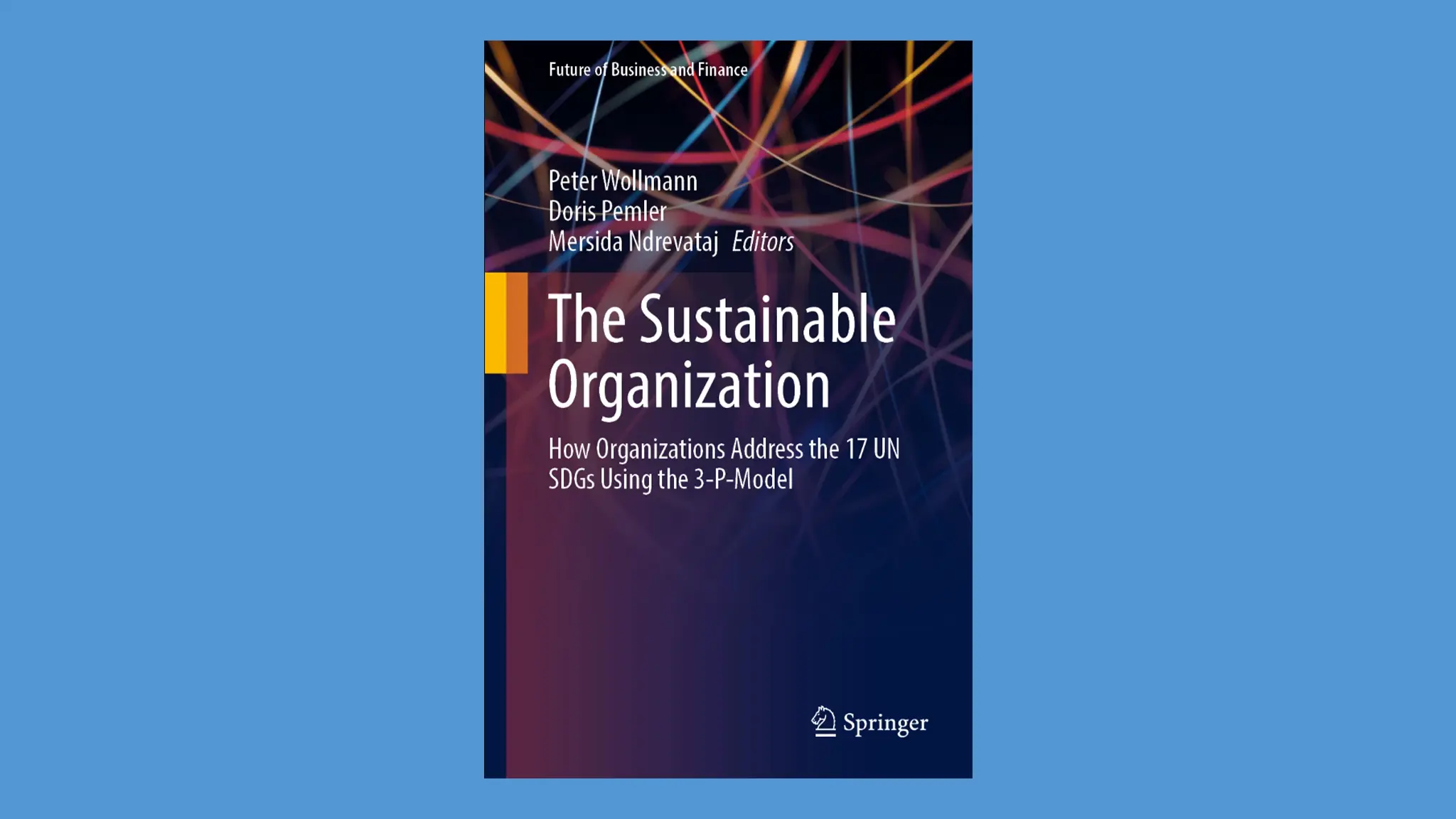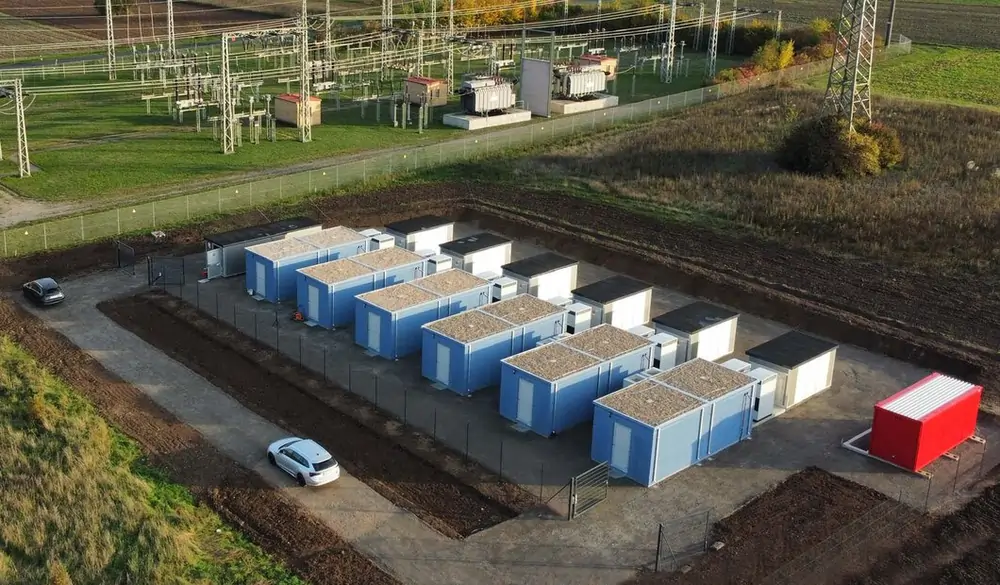No lithium. No cobalt. No vanadium. The organic battery revolution begins

John E. Kaye
- Published
- Sustainability
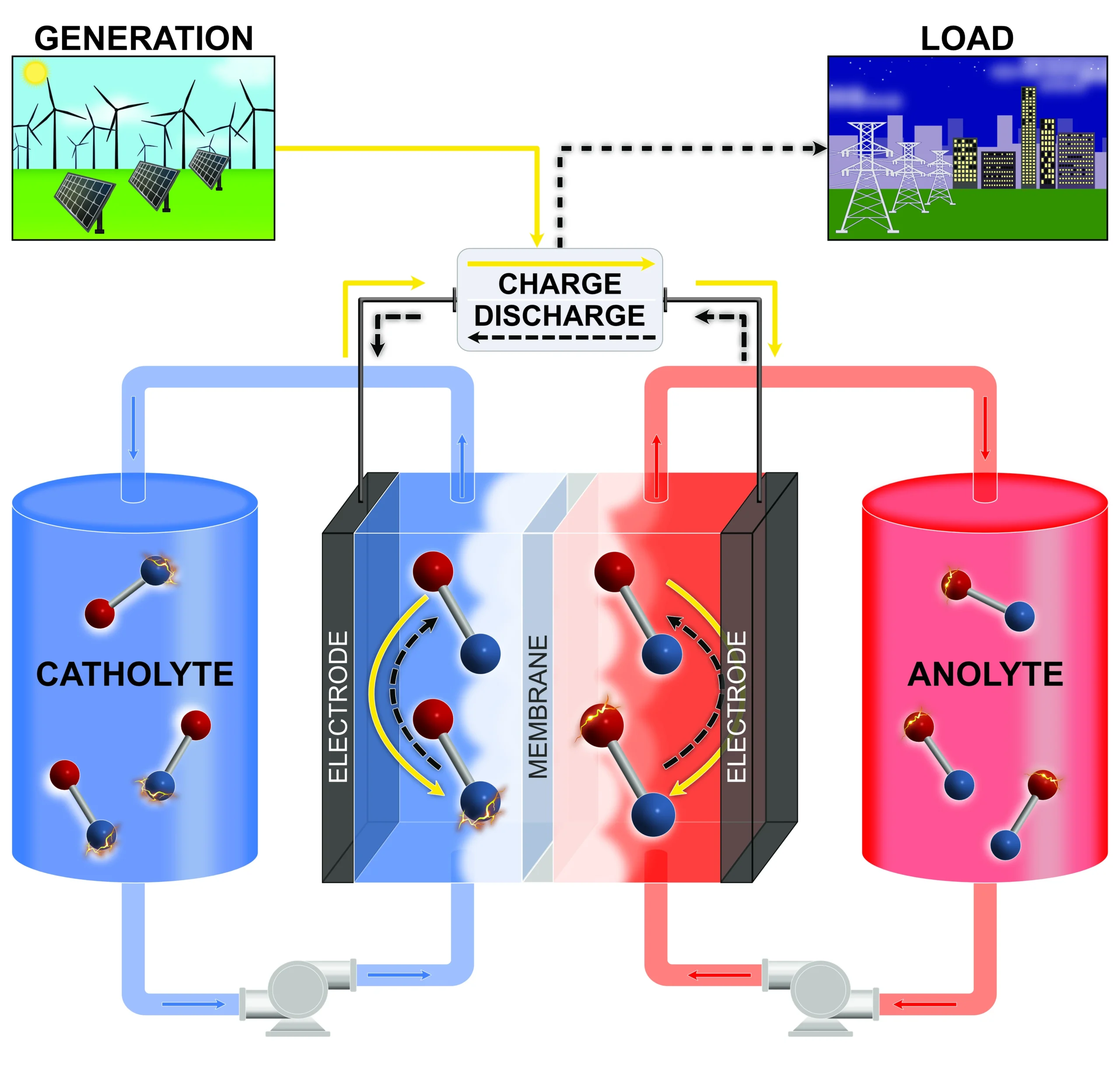
The world’s energy demand is soaring, with global electricity consumption set to exceed 32,000 terawatt-hours by 2026—enough to power a single 10-watt LED lightbulb for 365 billion years. As renewable energy scales up, scientists at one U.S. firm are pioneering an all-organic redox flow battery that ditches metals entirely in favour of carbon-based compounds. Could this be the breakthrough that finally makes large-scale energy storage cleaner, cheaper, and more sustainable? John E. Kaye reports
Flick a switch, charge a car, stream a film—modern life runs on electricity, and we’re using more of it than ever.
AI, electric vehicles, and data centres are devouring power at an unprecedented rate, with the International Energy Agency estimating that by 2026, global electricity consumption will surpass 32,000 terawatt-hours (TWh). That is an almost incomprehensible amount of energy. To put it into perspective, it’s enough to power a single 10-watt LED lightbulb continuously for over 365 billion years—more than 26 times the age of the universe. It could also provide electricity to 3.2 billion households for an entire year, assuming an average home consumes 10,000 kWh annually.
With such staggering demand, the need for scalable, sustainable energy storage has never been more urgent. Renewable energy is expanding rapidly, with solar and wind expected to contribute over 60% of new power capacity by 2028. Yet, their intermittency presents a major challenge: efficient energy storage is needed to ensure a stable and sustainable power supply.
For large-scale storage, redox flow batteries (RFBs) have long been considered a promising alternative. Unlike lithium-ion batteries, which degrade over time and can pose safety risks, RFBs store energy in liquid electrolytes, offering greater durability and scalability. However, most rely on vanadium, a metal that, while effective, is costly and subject to significant supply chain fluctuations. Prices have varied wildly between USD$5 and USD$35 per pound, creating challenges for long-term investment.
“Vanadium has been a strong player in the flow battery space, but it comes with cost and availability concerns,” Dr. Tom Guarr, Chief Technology Officer at Jolt Energy Storage Technologies, told me. “We wanted to develop a solution that sidesteps these issues entirely—one that is not only cost-effective but also environmentally sustainable.”
That ambition led Jolt to pioneer a completely organic battery, removing the need for metals altogether. Instead of vanadium, lithium, or cobalt, their battery technology relies on pyridinium-based compounds, a class of organic molecules that efficiently store and release energy. This innovation represents a significant leap forward in the search for cleaner, more sustainable energy storage solutions.
Founded in 2015 by Dr. Guarr and Jack Johnson, Jolt has rapidly emerged as a leader in the push for next-generation battery solutions. Based in Holland, Michigan, the company has secured funding to accelerate the development of its all-organic redox flow battery, designed to provide a cost-effective, scalable alternative to existing storage technologies. By using widely available, carbon-based materials, Jolt aims to reduce reliance on relatively scarce metals while improving battery performance.
“Organic chemistry provides us with a huge range of possibilities,” Dr. Guarr said. “By carefully designing these molecules, we can create a battery system that is not just efficient, but also far more sustainable and independent of volatile supply chains.”
Dr. Guarr himself is a recognised expert in chemistry and energy research. Holding a Ph.D. from the University of Rochester and having conducted postdoctoral research at Caltech, he has spent decades developing advanced materials. His previous work at Gentex Corporation helped drive innovations in electrochromic technology now used in automotive and aerospace industries. As Director of Research and Development at the Organic Energy Storage Laboratory within Michigan State University’s Bioeconomy Institute, he has been instrumental in the advancement of flow battery technology.
Organic redox flow batteries have been in development for years, with institutions such as Harvard University exploring the concept as early as 2017. Jolt’s breakthrough lies in its ability to tackle two of the biggest challenges that have hindered previous attempts: stability and energy density. Many organic molecules degrade too quickly to be viable for large-scale battery use. To overcome this, Jolt has worked closely with Michigan State University, leveraging machine learning to analyse molecular structures and optimise them for long-term performance. The result is a 2000-fold improvement in the stability of its compounds.
“The key to success has always been molecular longevity,” Dr. Guarr explained. “By using computational modelling to pinpoint weaknesses and redesigning structures accordingly, we’ve created compounds that last significantly longer than previous organic battery materials.”
Another major challenge has been energy density. Historically, organic compounds have struggled with low solubility and high viscosity, requiring large storage tanks to maintain sufficient power. Jolt has developed a molecular structure that allows for higher energy storage without increasing viscosity, making the battery significantly more efficient.
“You want an electrolyte that holds as much energy as possible while remaining easy to pump through the system,” Guarr told me. “We’ve struck a balance that allows for high energy density without compromising fluidity.”
Beyond chemistry, Jolt’s innovation also reduces costs. Traditional redox flow batteries rely on ion-exchange membranes, which can cost USD$800 per square metre. Jolt has developed a system that replaces these with a simple porous separator costing just USD$2 per square metre—a massive reduction that could reshape the economic feasibility of large-scale energy storage.
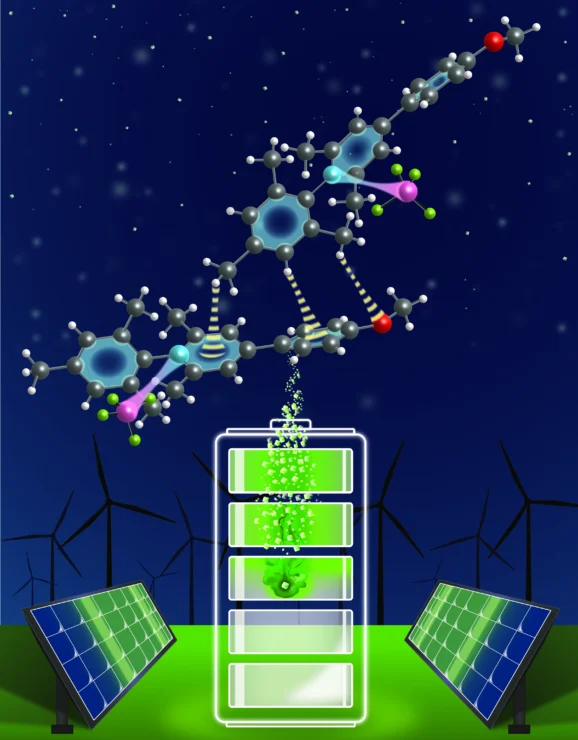
“The membrane has always been a limiting factor,” Dr. Guarr said. “By engineering an electrolyte that eliminates the need for an expensive membrane, we’re making flow batteries a far more attractive option for large-scale applications.”
If successful, this breakthrough could allow organic flow batteries to compete directly with lithium-ion batteries, which currently range from USD$100 to USD$150 per kilowatt-hour (kWh). Unlike lithium-ion, however, Jolt’s batteries would offer greater safety, longer lifespan, and complete recyclability.
The real test will come in 2025, when Jolt plans to deploy its first full-scale pilot system. This will determine how well the technology performs in real-world conditions and how viable it is for widespread adoption.
“We’re moving beyond theory—we’re demonstrating this technology at scale,” Guarr said. “Organic batteries have the potential to revolutionise energy storage, and we’re here to prove it.”
Organic batteries are still an emerging technology, and while challenges remain, Jolt’s work suggests that the future of energy storage could look very different in the years to come. The company’s developments mark an exciting shift in how the industry approaches sustainability, cost, and performance.
“Every new technology has its sceptics, and that’s healthy,” he added. “But we are confident that once our pilot system is operational, it will demonstrate that organic batteries are not only viable but game-changing.”
For investors, industry leaders, and energy policymakers, Jolt’s work is one to watch. If successful, it could pave the way for a more sustainable, cost-effective approach to large-scale energy storage. With renewable energy adoption accelerating, a reliable, scalable storage solution could be the key to unlocking the full potential of solar and wind power. The next big breakthrough in energy storage might not be found in metals—but in molecules.
Further information
jolt-energy.com
Sign up to The European Newsletter
RECENT ARTICLES
-
 Sir Trevor McDonald honoured at UWI London Benefit Dinner celebrating Caribbean achievement
Sir Trevor McDonald honoured at UWI London Benefit Dinner celebrating Caribbean achievement -
 Historic motorsport confronts its energy future
Historic motorsport confronts its energy future -
 Europe’s HyDeal eyes Africa for low-cost hydrogen link to Europe
Europe’s HyDeal eyes Africa for low-cost hydrogen link to Europe -
 Fabric of change
Fabric of change -
 Courage in an uncertain world: how fashion builds resilience now
Courage in an uncertain world: how fashion builds resilience now -
 UAE breaks ground on world’s first 24-hour renewable power plant
UAE breaks ground on world’s first 24-hour renewable power plant -
 Inside Iceland’s green biotechnology revolution
Inside Iceland’s green biotechnology revolution -
 Global development banks agree new priorities on finance, water security and private capital ahead of COP30
Global development banks agree new priorities on finance, water security and private capital ahead of COP30 -
 UK organisations show rising net zero ambition despite financial pressures, new survey finds
UK organisations show rising net zero ambition despite financial pressures, new survey finds -
 Gulf ESG efforts fail to link profit with sustainability, study shows
Gulf ESG efforts fail to link profit with sustainability, study shows -
 Redress and UN network call for fashion industry to meet sustainability goals
Redress and UN network call for fashion industry to meet sustainability goals -
 World Coastal Forum leaders warn of accelerating global ecosystem collapse
World Coastal Forum leaders warn of accelerating global ecosystem collapse -
 Miliband: 'Great British Energy will be self-financing by 2030'
Miliband: 'Great British Energy will be self-financing by 2030' -
 New ranking measures how Europe’s biggest retailers report on sustainability
New ranking measures how Europe’s biggest retailers report on sustainability -
 Music faces a bum note without elephant dung, new research warns
Music faces a bum note without elephant dung, new research warns -
 Scientists are racing to protect sea coral with robots and AI as heatwaves devastate reefs
Scientists are racing to protect sea coral with robots and AI as heatwaves devastate reefs -
 Munich unveils new hydrogen lab as Europe steps up green energy race
Munich unveils new hydrogen lab as Europe steps up green energy race -
 Seaweed and wind turbines: the unlikely climate double act making waves in the North Sea
Seaweed and wind turbines: the unlikely climate double act making waves in the North Sea -
 Coming to a shoe spore near you: the world’s first mushroom-made trainers
Coming to a shoe spore near you: the world’s first mushroom-made trainers -
 UK backs new generation of floating wind with Crown Estate leasing and £400m investment
UK backs new generation of floating wind with Crown Estate leasing and £400m investment -
 No lithium. No cobalt. No vanadium. The organic battery revolution begins
No lithium. No cobalt. No vanadium. The organic battery revolution begins -
 New book tackles the hard truths behind the UN’s 17 SDGs
New book tackles the hard truths behind the UN’s 17 SDGs -
 Exclusive: Breaking boundaries at the top of the world
Exclusive: Breaking boundaries at the top of the world -
 ees Europe: The rise of large-scale storage systems
ees Europe: The rise of large-scale storage systems -
 A clarion call in the fight against climate change
A clarion call in the fight against climate change



